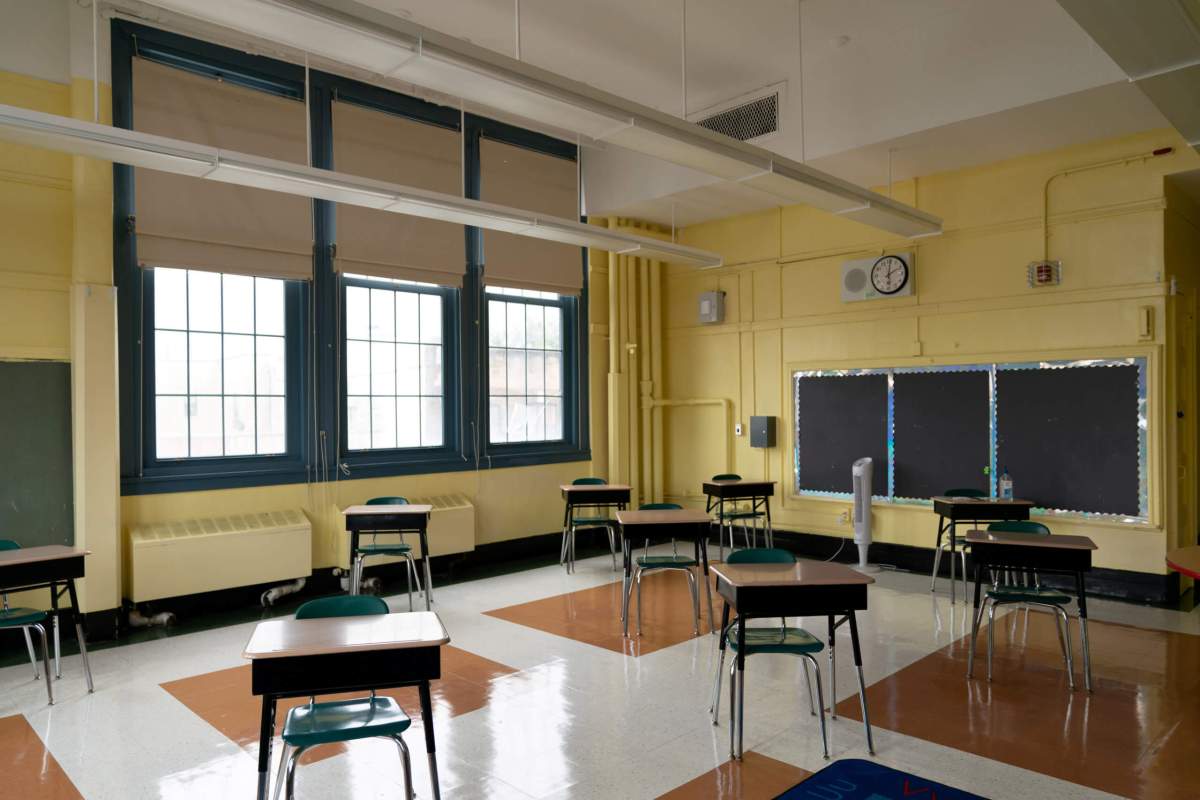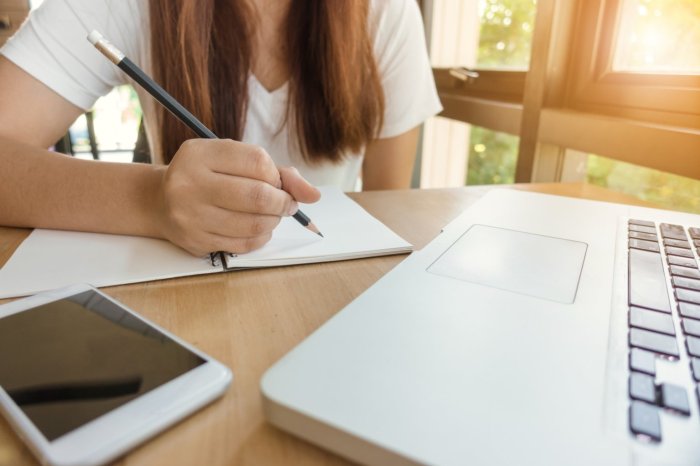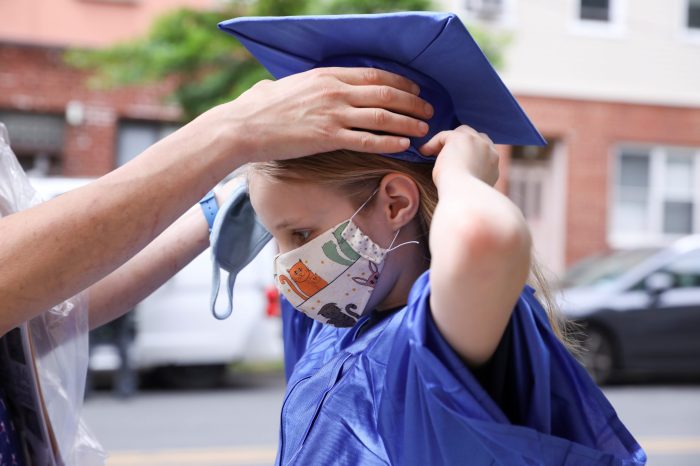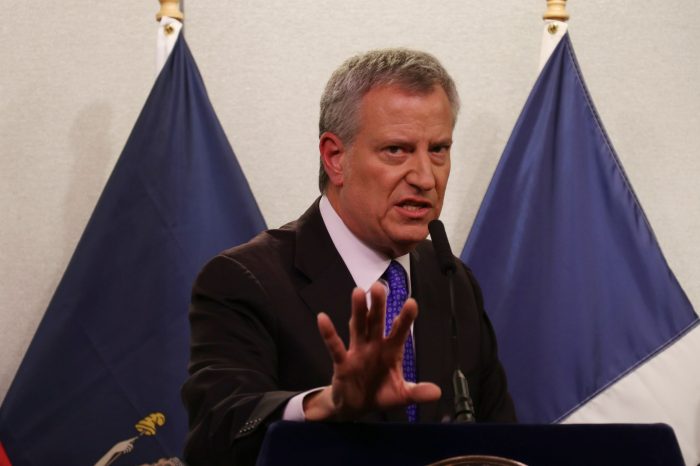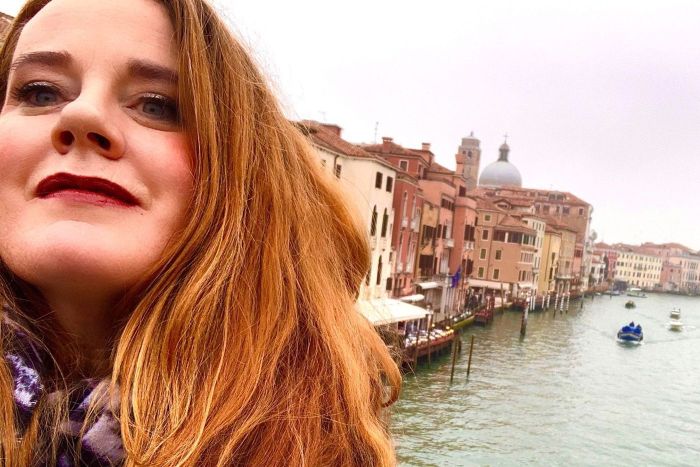Mayor Bill de Blasio promised that all New York City public school students would return to physical classrooms by September during a recent response to a troubling increase in youth suicides during this academic year.
“I’m just thinking about what a child must be going through, how much pain, how much confusion, how much fear leads to that moment, how many things that they need to express that aren’t being expressed because there’s no outlet, how much isolation that a child is feeling, how horrible and painful that is, and what it means in this moment,” said de Blasio during an interview with WNYC on Feb. 19. “Kids have been cut off from what they need, what allows them to cope and have hope.”
The comment came days after city officials revealed that five public school students have died by suicide, this academic year surpassing last year’s total by one. The Department of Education, however, has yet to release complete data on the number of suicides among students.
De Blasio said that many students have been traumatized by the COVID-19 pandemic, which has infected nearly 600,000 New York City residents and resulted in the death of over 23,800 people, and that trauma has taken a toll on young people’s mental well being.
“There are so many different reasons why someone contemplates suicide … every person’s situation is unique,” said Dr. Jill Emanuele, senior director of the Mood Disorders Center at the Child Mind Institute, a New York-based nonprofit that helps children struggling with mental health and learning disorders. “It may be an exacerbation of mental health symptoms, it could be that kids are with families that are toxic or really have problems and now they are home all the time with them. It may be that there’s not access to proper schooling.”
Suicide rates were increasing prior to the pandemic.
According to a report from the Centers for Disease Control and Prevention released last year, the number of deaths by suicide among people age 10 to 24 increased by almost 60% from 2007 to 2018 across the country.
But despite this steady increase, since the pandemic reached New York, last year mental health care workers are being inundated with calls from people searching for services.
“What we are seeing is people are struggling and they seem to be struggling more than ever,” said Emanuele. She added that, although experts are still unable to fully explain the rise in mental health distress, she would not be surprised if there was a correlation between the pandemic and increase suicide rates among children.
After returning to the classroom in September, the city’s youngest-learning and elementary school students wound up going back to remote learning for several weeks between November and early December after 7-day COVID-19 positivity rates in the city surpassed 3%.
Middle-school students have been on remote learning since mid-November, and aren’t going back to the classroom until Feb. 25. On Wednesday, de Blasio said he would make a decision on whether to reopen high school classrooms “in a few weeks.”
During his WNYC appearance on Feb. 19, the mayor argued, again, that returning to classrooms was the first towards rehabilitating students’ mental health. In addition, the mayor again promised that upon their return to school buildings public school students would receive mental health screens.
“Kids have been put through so much, but haven’t had a place to turn for help because the vast majority haven’t been in a school with loving, caring professionals who can notice the problems and address them,” de Blasio added. “We’ve got to change that, starting now, but especially when we do universal mental health screening in September.”
In December, De Blasio along with First Lady Chirlane McCray, founder and head of the city’s ThriveNYC initiative, announced that public school students in 27 neighborhoods hardest hit by the novel coronavirus pandemic would be subject to a mental screen starting this fall. The screen would consist of a short questionnaire administered by school staff.



